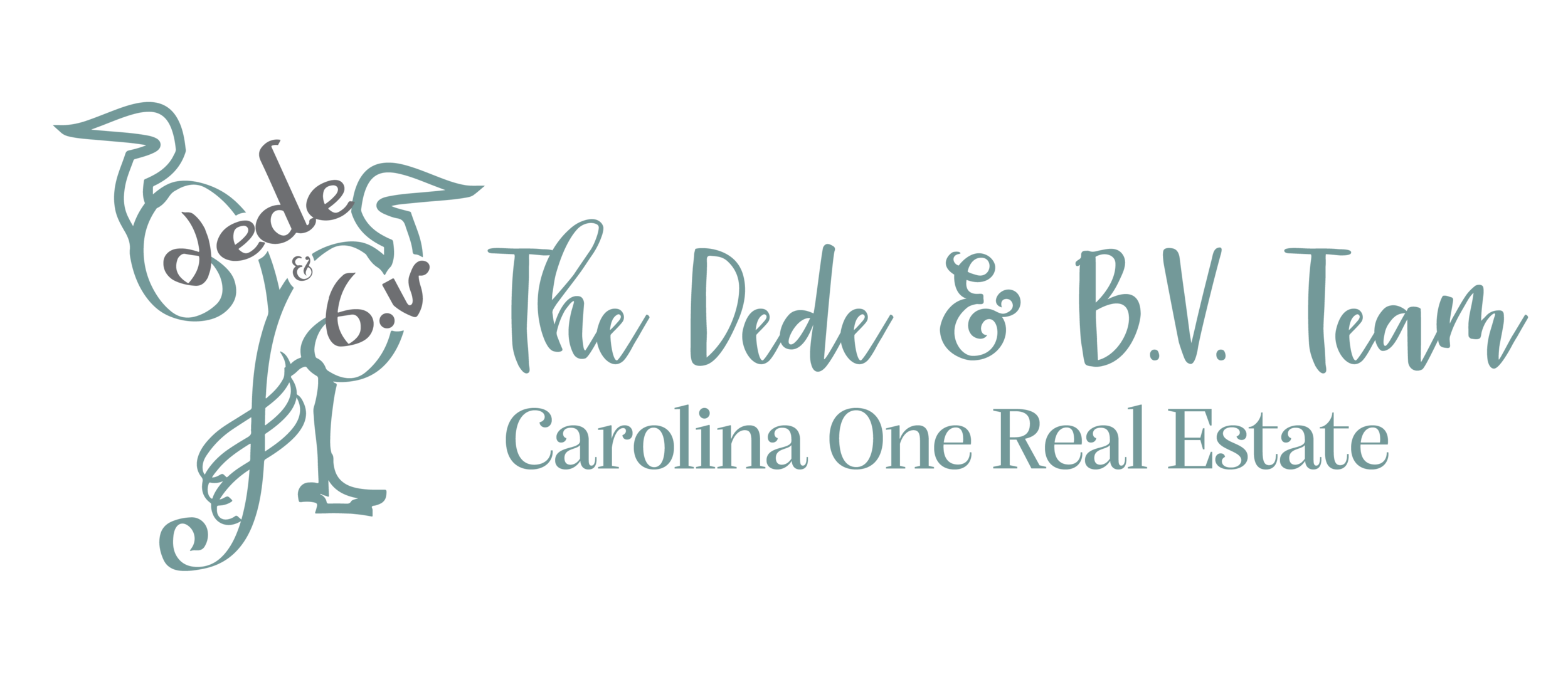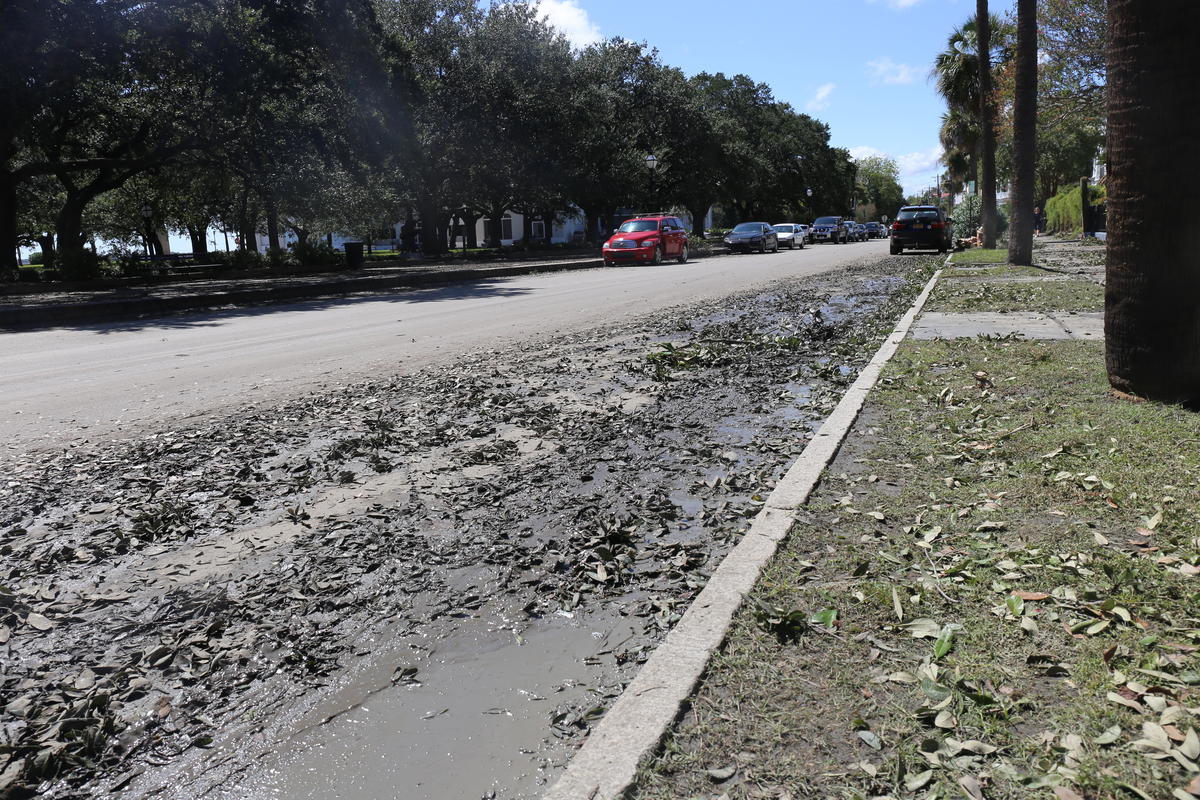The Smell of Home
Everyone knows the lowcountry has a smell, but your fondness for it probably depends on how long you’ve lived here. It hits you as soon as you get east of North Charleston on the interstate. A dog traveling with you will smell it before you and know he’s close to home. Charlestonians know precisely the odor I’m referring to...
Pluff mud. It’s the oozy, viscous, nutrient-rich, dark-brown muddy foundation of the lowcountry’s marsh ecosystem. Where salt water and fresh water meet, a process called flocculation causes the dirt and sand particles normally suspended in the water to cluster and clump together, forming the pluff. It emits a fragrance that can be repulsive or comforting, depending on your point of view. The smell comes from decaying organic matter buried beneath the surface. Anaerobic bacteria feeds on the decomposing organisms, mostly spartina grass, releasing hydrogen sulfide into the mud.
You’ll find pluff mud all along the southeast Atlantic coastline, but South Carolina has more than any other state: 344,000 acres of salt marsh. Ever wondered why our coastal waters aren’t as blue as other states? Blame pluff mud and spartina grass. The same ecosystem that puts delicious seafood on our plates causes the cloudiness of our rivers, creeks and ocean.
The mud houses many full time residents. Below the surface are oysters, clams, fiddler crabs, snails, and marine worms. Next come the birds that dine on them: sandpipers, herons, egrets and ibises. Nesting in the mud flats are clapper rails and marsh wrens who weave spartina stems into messy nests along the creek banks. Diamondback terrapin forage during low tide and then move to high ground to lay their eggs. Racoons and mink stay in the high marsh hunting their aquatic prey. Bottlenose dolphins and bull sharks sometimes hunt in the smaller creeks but if you see a gator, he’s only passing through. They don’t like salt in their marshes or with their margaritas.
The mud can be deceiving and even dangerous. In a single step, ankle deep can become mid thigh. Like quicksand, pluff mud draws you deeper the more you struggle. Below its surface are razor sharp bivalves that will slice bare feet, but heaven help he who enters with shoes. Pluff mud has the sucking power of a Dyson. You can’t call yourself a local until you sacrifice a flip flop or two at the gooey alter.
Cadets at The Citadel aren’t afraid of the perils of pluff. The military college sits on the banks of the Ashley River with mud flats as far as the eye can see. This has been the stage for many cadet rituals including the competition to join the highly coveted Summerall Guards drill platoon. Aspirants compete for Mud Brother status on Feats Day by trekking through waist-deep pluff mud and oyster beds trying to keep up with the Mud King who leads the run. Care to attempt it yourself? Their Bulldog Challenge is open to the public if you want to slug through the mud with a 25 pound sandbag on your back.
Downtown residents become intimately involved with pluff mud when the streets flood. With high tides and heavy rainfall comes the sticky sludge that remains even after flood waters recede. The city sends out giant vacuum trucks to inhale the mud and prevent it from going down storm drains. Try to picture the blue bloods South of Broad broom-sweeping pluff mud to the street in the sweltering heat of the late summer storm season. After hurricane Florence, there was mud 3” thick to contend with, and you thought galoshes were for rain!
No one knows the origin of the word “pluff” for sure, but there are a couple of theories. The mud was used as farmland to grow rice and fertilize cotton fields. The term was spelled plough when the colonial English arrived. The origin of its name may be from Lowcountry natives who adopted the phonetic spelling. Or it could be born of onomatopoeia from the distinct sound of extracting your shoes from its muddy clutches. Regardless of where the word came from - it’s something you know by its smell, not its name. And you know who to call if you decide you want it to smell like “home.”
Contributing researcher: 6 year old Tucker Bengtsson
Written by: B.V. Messervy
Agent for The Dede & B.V. Team






